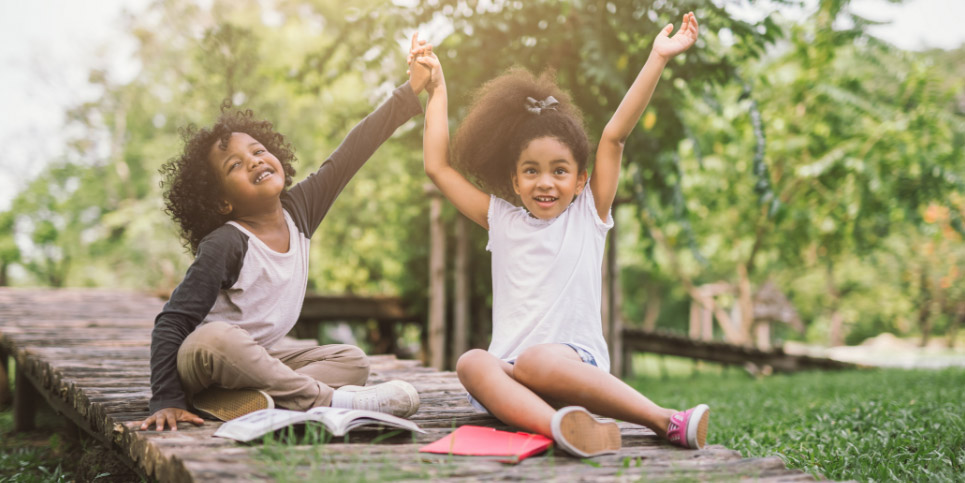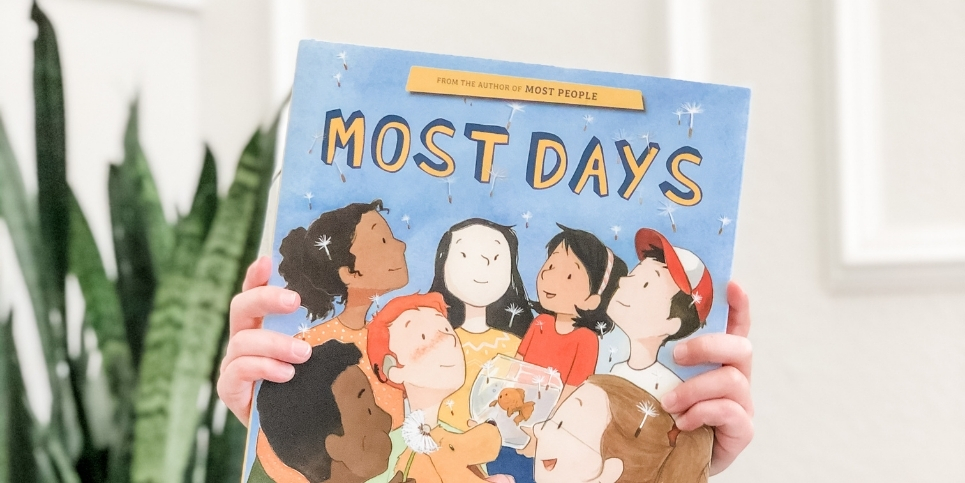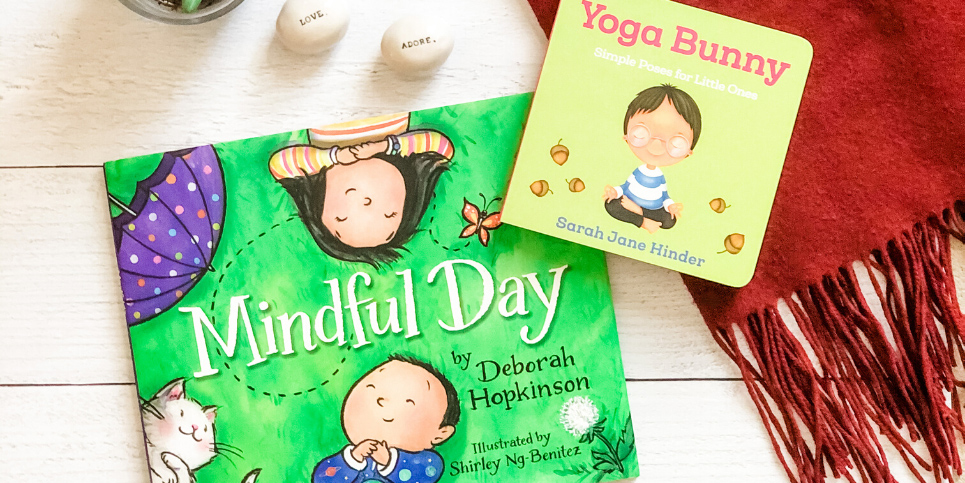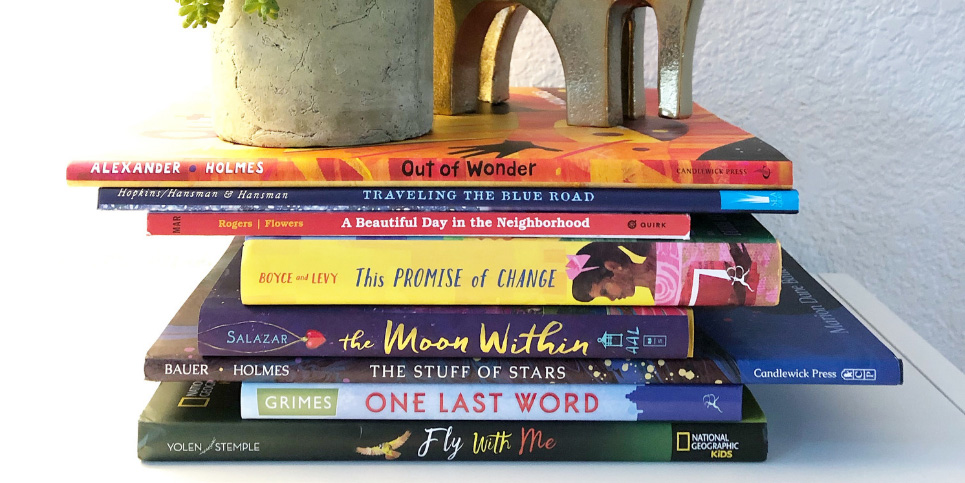Growing Readers: Learning to Love Reading and Writing Column 19
This editorial article was written by Lizzie Mussoline, M. Ed.
Setting Family-Friendly Intentions
The Children’s Book Review
Tips on How to Purposefully Connect as a Family While Also Building Literacy Skills
For many families, the pandemic had a silver lining in that the world has slowed down and families are able to spend a lot more time together. But there are challenges, and sometimes togetherness can feel like too much, which can be exhausting. Despite this, spending quality time with our families and being present for our children, our partners, and ourselves can make us all feel better. As we start a new year, it’s a good practice to think about “intentions” and what we hope we can do more of in the new year. For us, keeping each other mentally and emotionally healthy takes precedence over academics, but the following tips aim to incorporate literacy skills in a natural and organic way. Here are four ways to set family-friendly intentions for a mindful new year.
Journal
If you haven’t already, start a gratitude journal! A journal can be a place to jot down ideas, memorable quotes, moments of kindness, and so much more. Children may need to be reminded to write in their journals, but the practice of doing so can be a welcome moment of relaxation in a quiet space—it is a tool that children can use whenever they feel like they need it. The benefits of a gratitude journal are outstanding! Keeping a gratitude journal has been linked to better sleep, lower stress, stronger immune systems, and even “decreased materialism and bolstered generosity among adolescents,” according to NPR. There are many ways to easily incorporate journaling into your family routine—families can share thoughts or reflections over a meal, before heading out on a busy day, or whenever the mood seems right. For more information and ideas on starting a gratitude journal with your family, see our previous post here.

Get Outside Even More
Why not take those journals on a nature walk, neighborhood stroll, or to a nice spot in the backyard where you can draw birds that fly by or anything that draws inspiration? Get outside more and keep it simple. While seeing new sights and hearing new sounds are part of our bucket list, getting outdoors doesn’t need a lot of advance planning. Explore your neighborhood parks or visit other neighborhoods—the important thing is to remember that more time outside can really lift moods and spirits. Getting outside also leads nicely into our next goal, being more MINDFUL.

Practice Mindfulness
Ever since reading the book Peaceful Parent, Happy Kids by Dr. Laura Markham, mindfulness has become an important part of our family life as we try to keep our families safe and emotionally healthy. As adults, we have to be mindful when it comes to our emotions and feelings and be able to explain that to our children. Not only are we doing ourselves a favor, but we are doing our children a huge favor when we model that it is okay to have any and all feelings and that our reactions to these feelings must be safe and respectful. Mindfulness can increase gray matter in the brain, and this effect is doubly beneficial for children because their brains and bodies are still developing and growing. Practicing mindfulness can start with simple things. If you’re on a family walk, you might stop and ask, “Okay, what do you see? Hear? Feel?” and go from there.
Meditation has also been linked to a more positive attitude, better emotional regulation, and more. My Magic Breath by Alison Taylor and Most Days by Michael Leannah are excellent introductions to mindfulness and there are many guided meditation resources, such as the Breathe Kids app. All of these resources can be enjoyed together as a family. Extend any mindfulness activities with journaling, also.
Spice Up the Genres
We are excited to read more in the new year and expose ourselves to all sorts of different genres that we might not typically gravitate toward. When you read something that requires more brainwork and effort, you strengthen your brain in the long run, too. Personally, I am excited to bring poetry into our home after finding a treasure trove of poems my grandfather wrote a long time ago. I hope this will inspire my kiddos to write some poetry, too. Functional texts are also on our reading list, as we are all about learning new things this year. Start simple with craft kits and books, such as knitting or crocheting. You can read something new and learn a new skill, on your own or together as a family. What genres will you read more of? What will you learn to do this year? Have fun and NEVER stop learning. Being a lifelong learner is one of the keys to true happiness.
Book Lists to Explore
- Kids’ Books About Mindfulness
- Kids’ Books That Teach Meditation
- Kids’ Books That Explore Gratitude
- Kids’ Craft and Activity Books
- Poetry Books for Kids
Thank you for reading the Growing Readers: Learning to Love Reading and Writing column. Bookmark this Growing Readers Column link or subscribe to our e-newsletter so you do not miss out on the monthly reading tips. Family-Friendly New Year ‘Intentions’ was written by Lizzie Mussoline, M. Ed.—follow her on Instagram: @wildflower_learning_denver.



